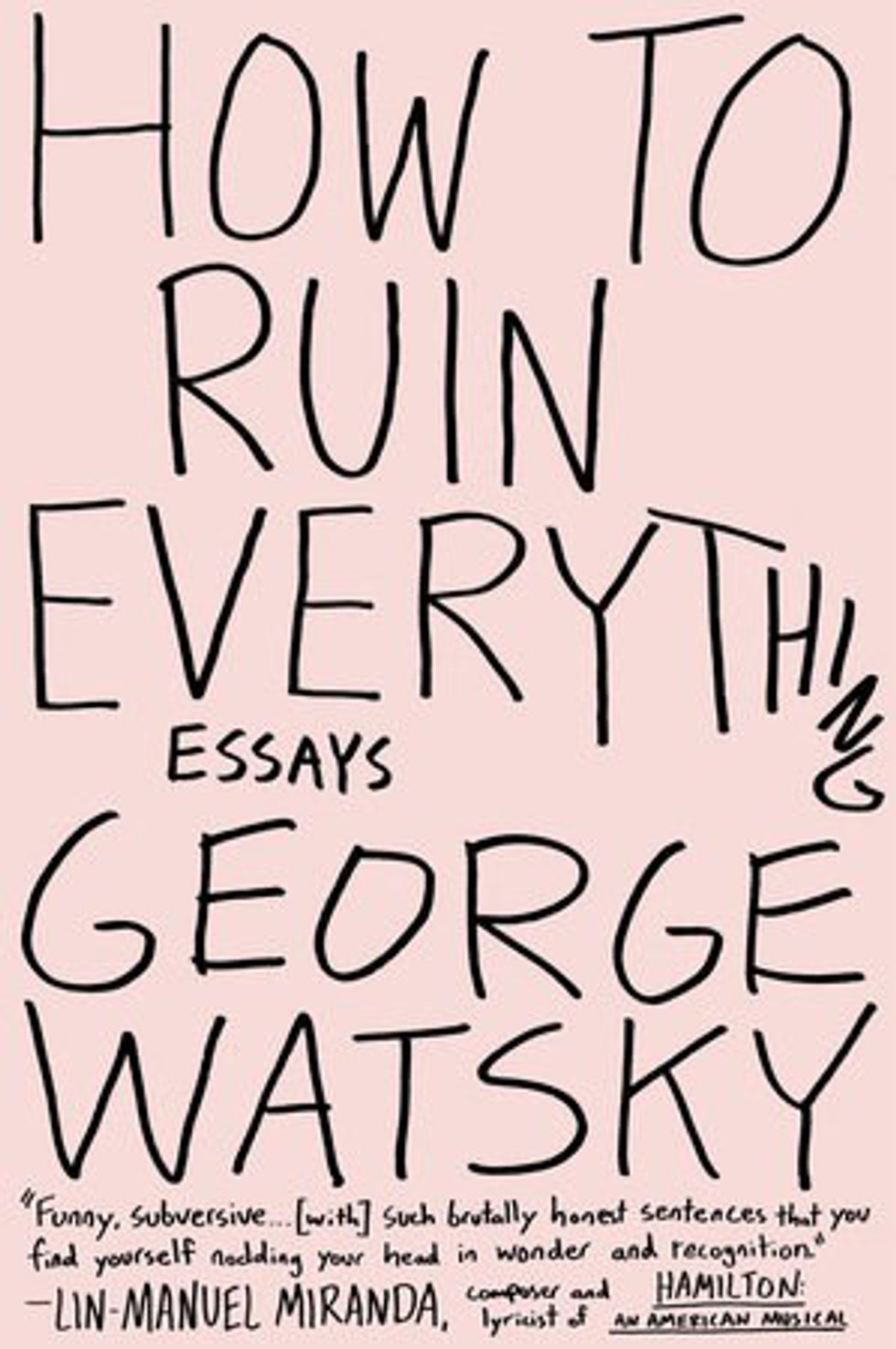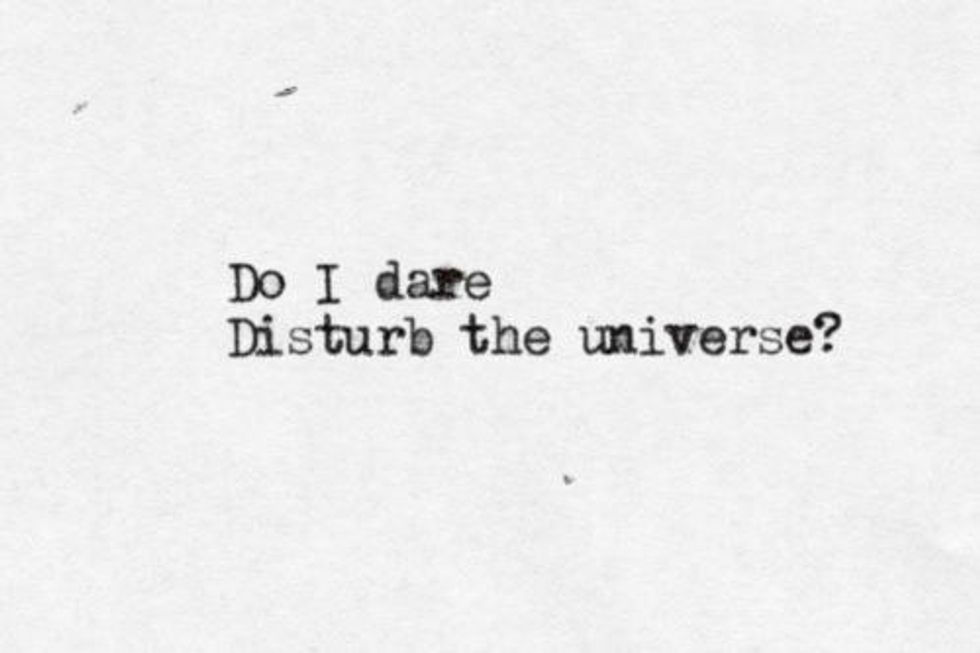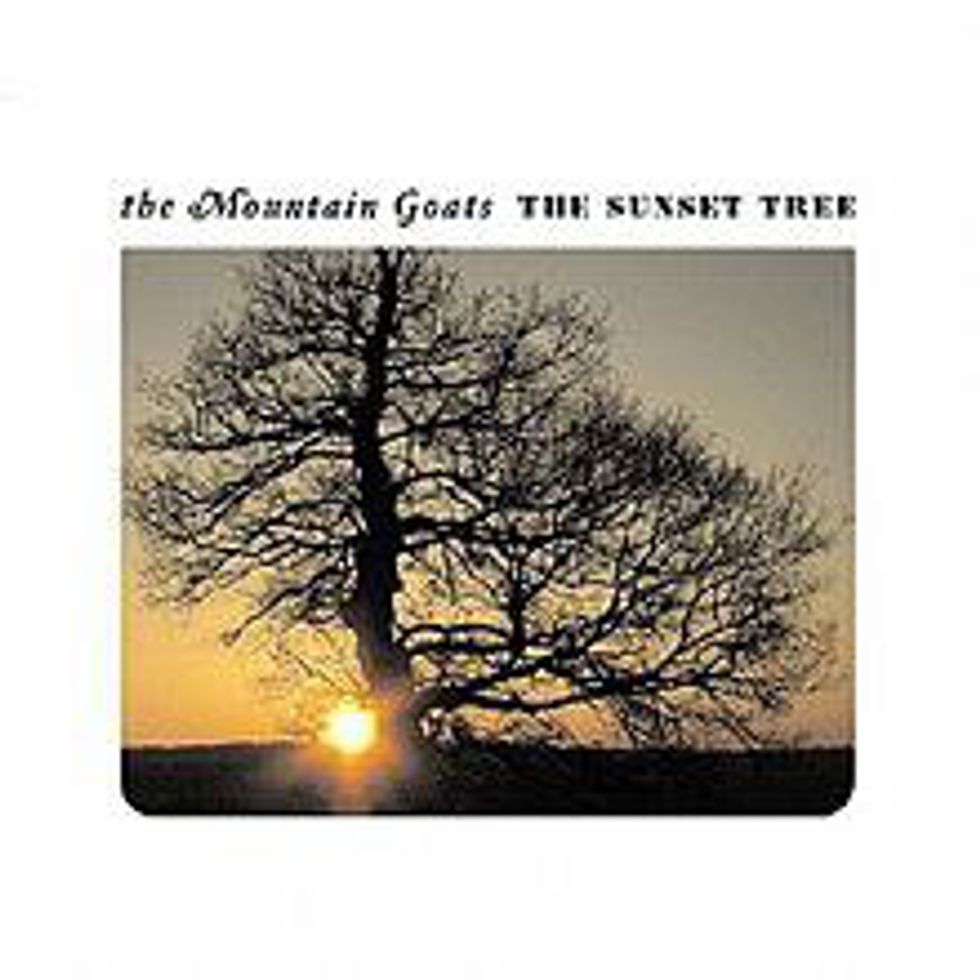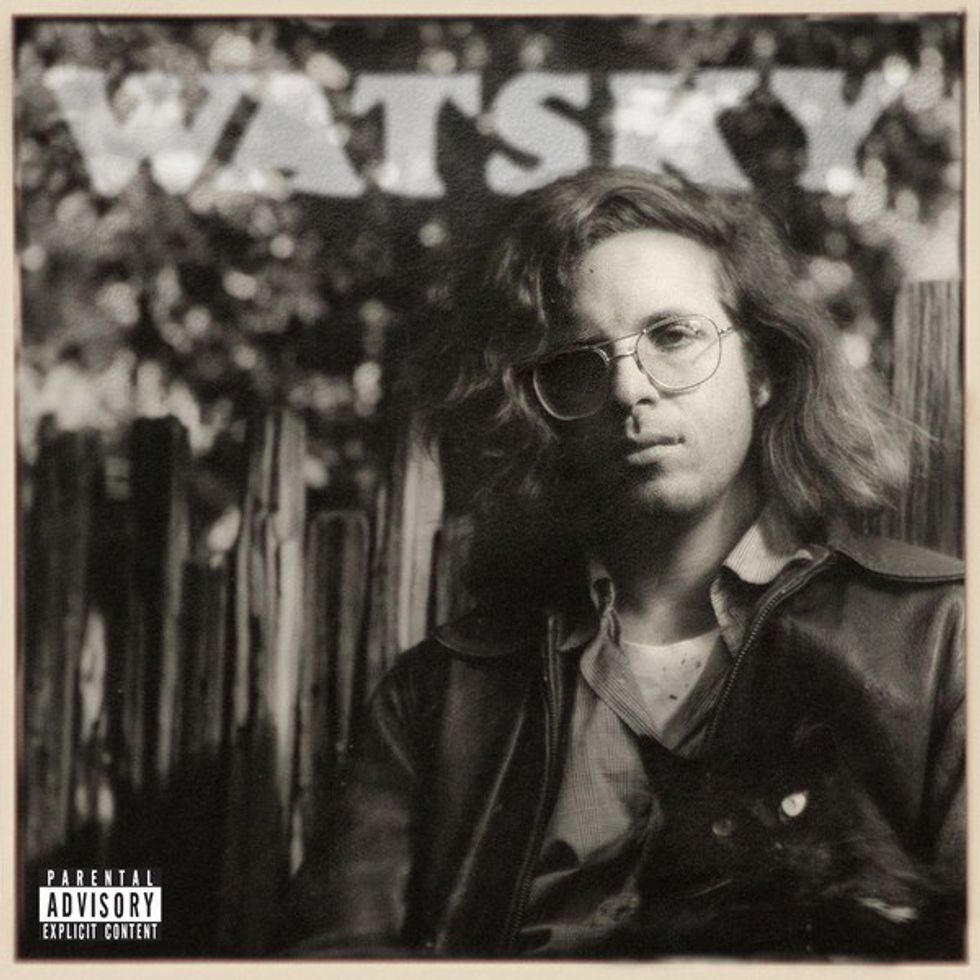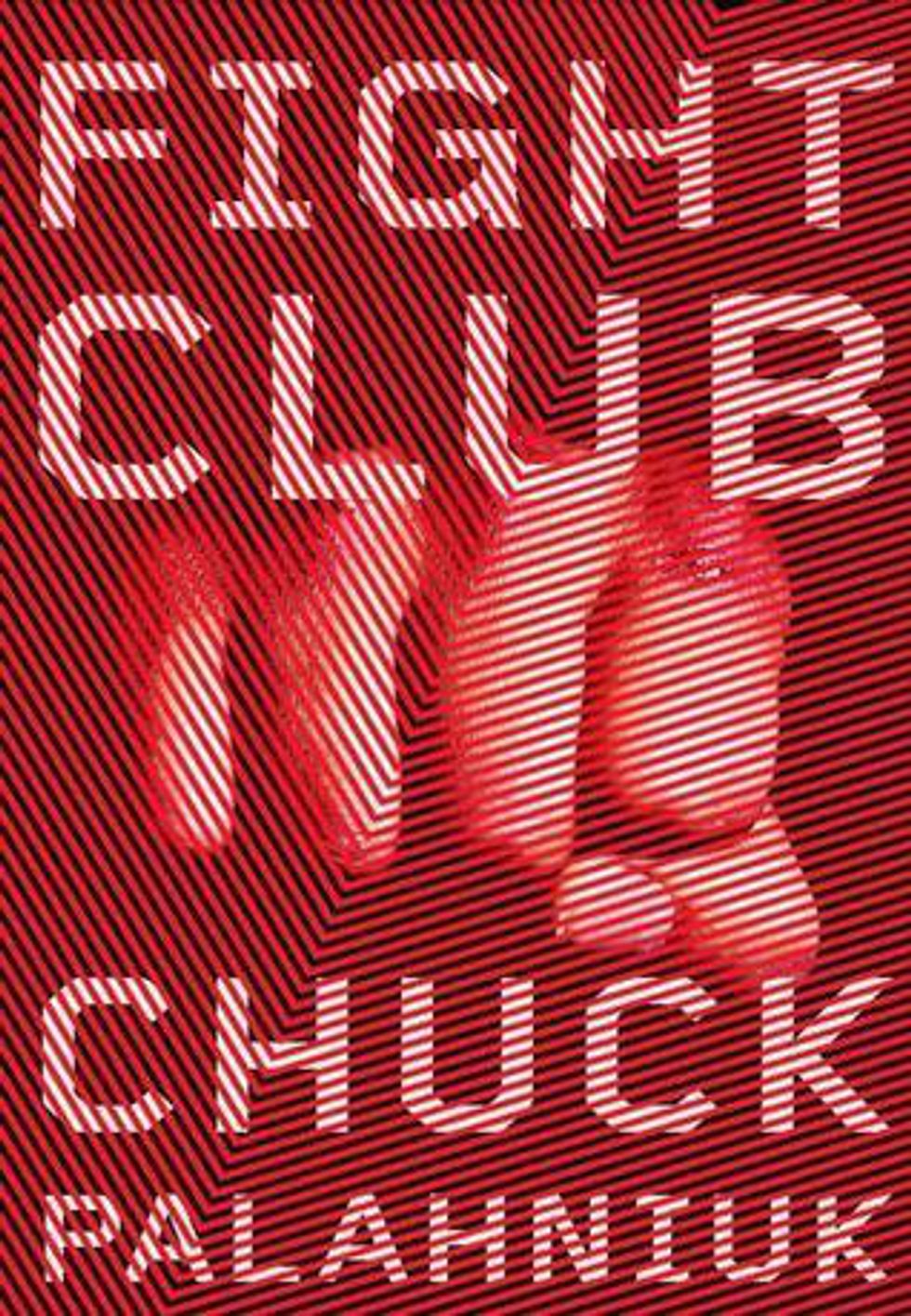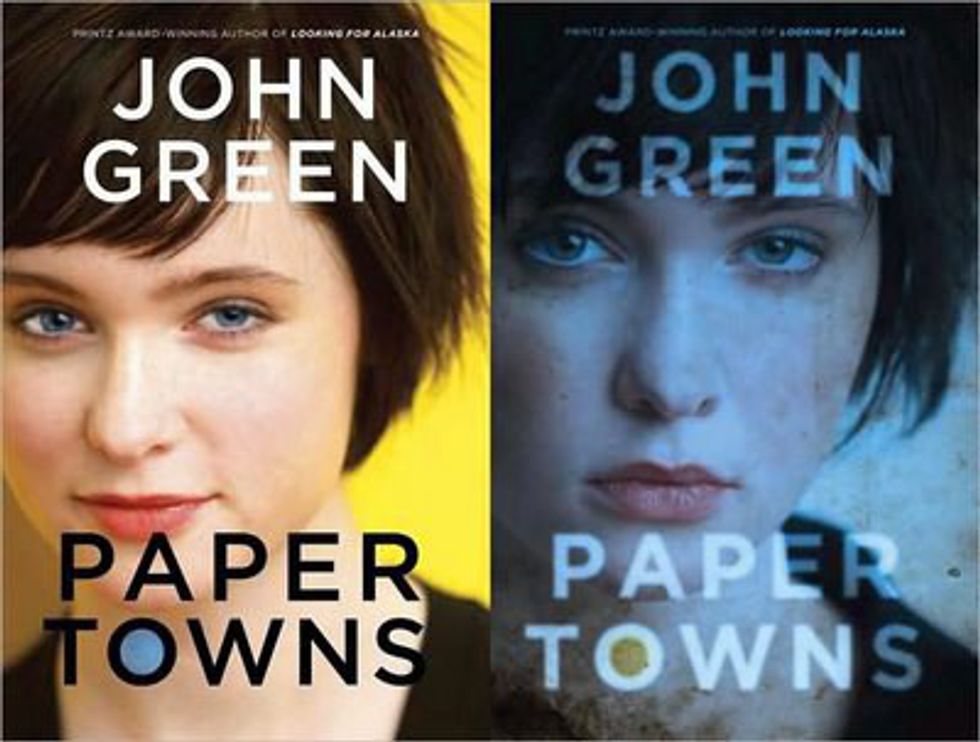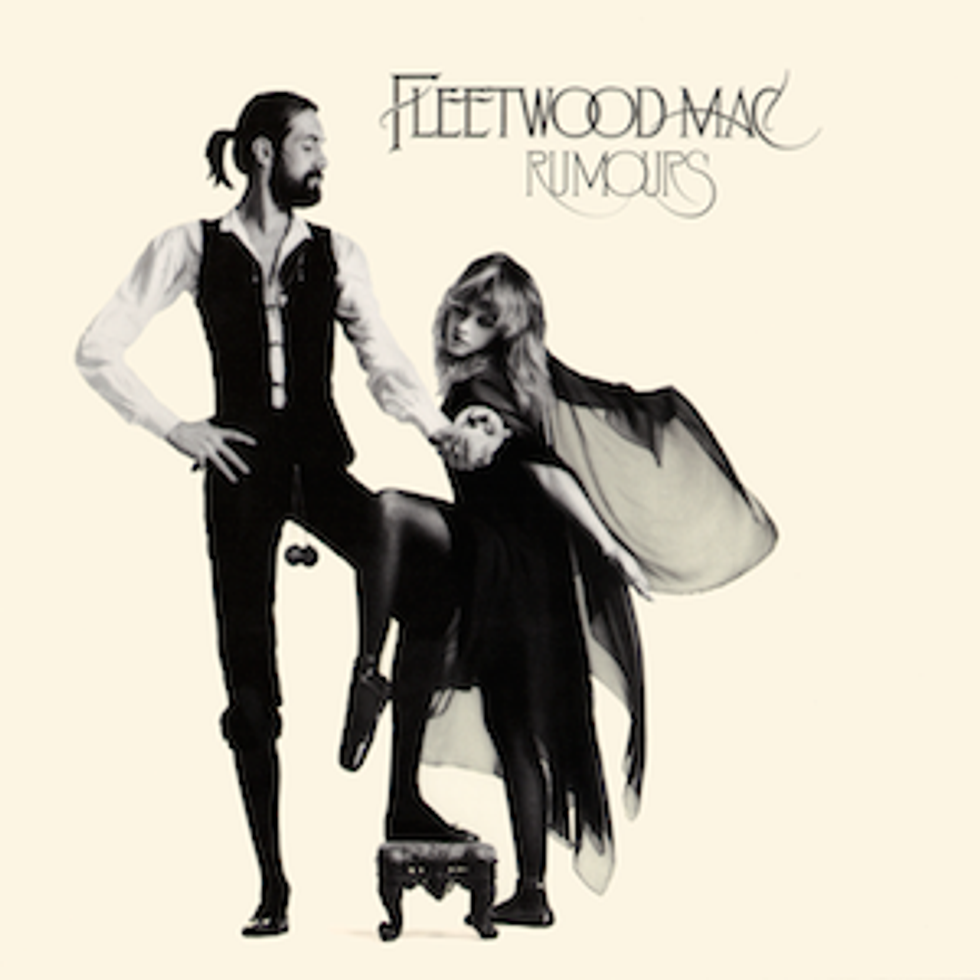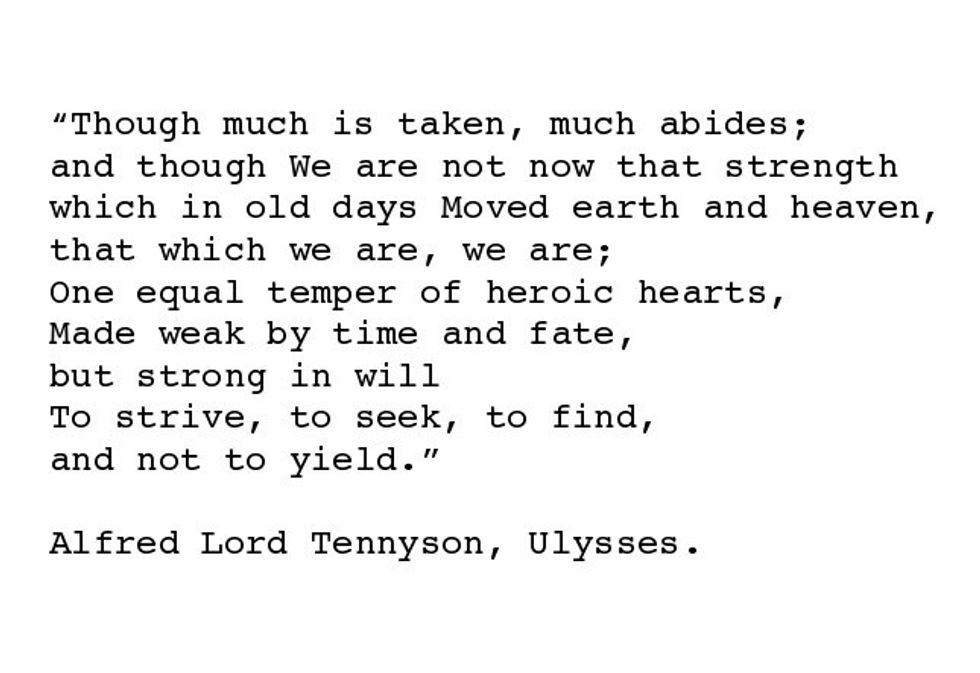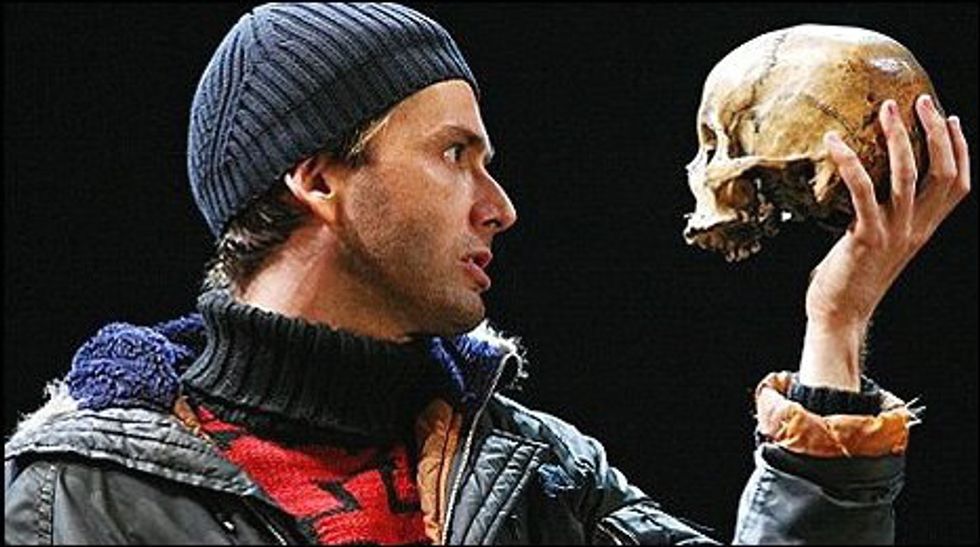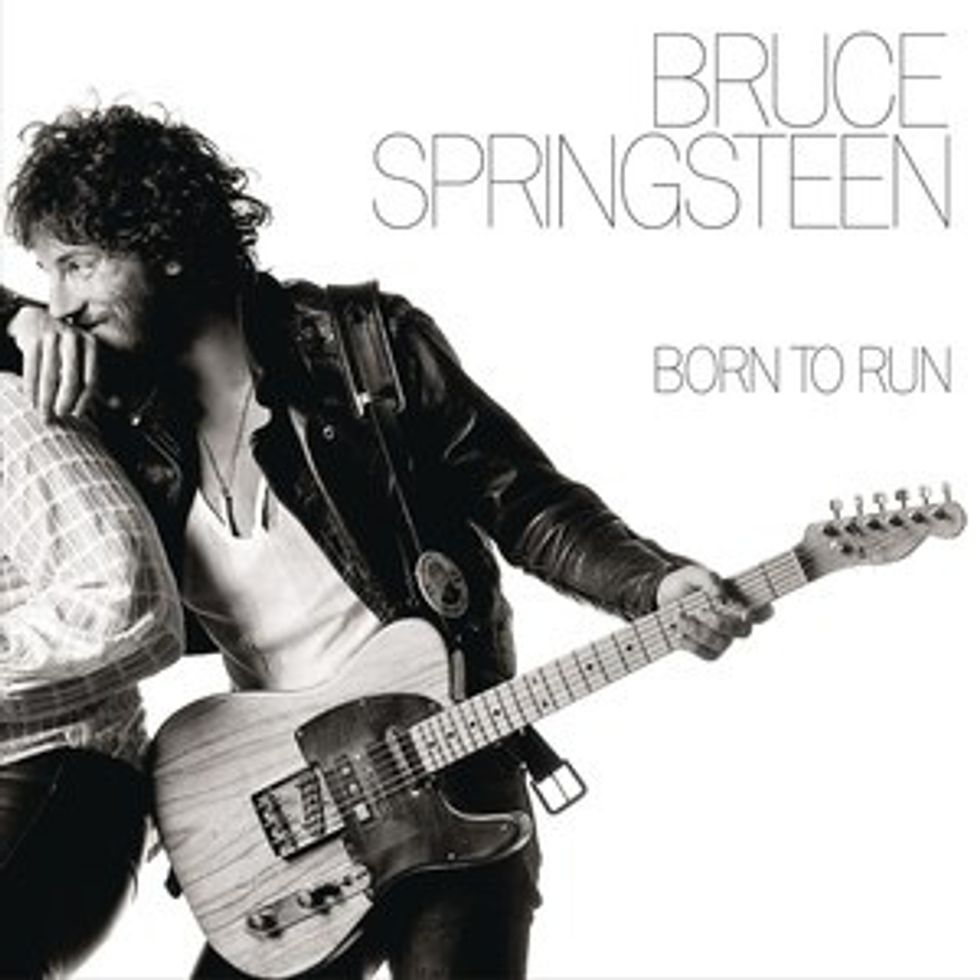Inspiration works differently for everyone. Some people get it from everyday life. Others seek it like Doctor Who avoids boredom: with a sense of adventure that may or not border on obsessive or reckless. Regardless of where it comes from, we all have those things that inspire us not only to do something but also how we do that something. That last part is a little tricky since we don't always know or think about what influences the way we do things. But it's always good to get back to your roots - especially as a writer. We all have those works that helped us form our craft - many of which can and do help others with their writing. So here are twelve works that can help refine your creative expression. The list is by no means exhaustive or universal, but it can be a good launching pad for thinking about the works that left a more personal mark.
1. "How to Ruin Everything" by George Watsky
This autobiographical essay collection from the Bay Area poet/rapper recounts moments and thoughts on his life in a creative way that makes you think about how to turn the mundane into creative work. Pay special attention to: "Ask Me What I'm Doing Tonight!" - an essay on performing and the zeitgeists of college towns and pop culture
2. "The Love Song of J. Alfred Prufrock" by T.S. Eliot
If you're looking for a heavy dose of ennui, look no further than this poem, widely regarded as one of Eliot's best works. The stream-of-consciousness work is packed with enough content to keep you interpreting it long after first read. Pay special attention to: "No! I am not Prince Hamlet..." until the end. There's a lot to analyze in that excerpt alone.
3. "The Sunset Tree" by The Mountain Goats
The ninth studio album from the indie-folk band focused on lead man John Darnielle's childhood with a prevailing theme of domestic violence. The personal subject mixed with Darnielle's lyricism provide for superb storytelling. Pay special attention to: "This Year," the third track off the album that encompasses most every theme on the album.
4. "Harlem" by Langston Hughes
This work is super short, but it exudes everything that was the Harlem Renaissance and Hughes' style of writing. It's basically a series of rhetorical questions that makes you think about the American dream as seen through different lenses. Pay special attention to: The last line of the poem that changes more than just the poem's tone.
5. "All You Can Do" (album) by Watsky
Watsky's second appearance on this list is his third studio album. While this slot could have gone to his second studio album "Cardboard Castles," the album's artistic infusion of personal themes (and occasional verbal flexing) put it apart from others. Pay special attention to: The title track in its self-reflective and allusive glory.
6. "Fight Club" by Chuck Palanhiuk
And now for something completely different. This postmodern psychological analysis of consumerism and life leaves you wondering what is real in the book's universe and pondering how much could apply to the one we live in. Pay special attention to: The final chapter of the book where the narrator finally escapes the fracas...for now (spoilers).
7. "Death, be not proud" by John Donne
Otherwise referred to as "Holy Sonnet X", this work is Donne verbally lambasting Death personified - an entity of pride and braggadocio. His use of personification mixed in with his argument that Death is indeed powerless drive this poem. Pay special attention to: The last two lines, which act as a mic drop both the religious and the secular can feel.
8. "Paper Towns" by John Green
The third book of Green's current tetralogy (not counting his co-authorial work), this novel acts as your typical bildungsroman story mixed with elements of mystery. Pay special attention to: "What a treacherous thing to believe that a person is more than a person," especially in the context of Green's favorite trope to deconstruct (spoilers in both links).
9. "Rumours" by Fleetwood Mac
The album that earned the British-American band a Grammy in 1978, the album was steeped in the band members' personal strife. What resulted was a beautifully written and excellently produced album of the ages. Pay special attention to: The first five songs. Seriously. All five linked tracks offer different looks into the strife with amazing music.
10. "Ulysses" by Alfred, Lord Tennyson
This piece works as a sort of epilogue to the Homerian epic "Odyssey" where Ulysses (the Roman form of the Greek Odysseus) yearns to explore again after returning home. Tennyson draws upon multiple sources to bring the journeyman back to life. Pay special attention to: The motivational end of the poem, starting with "Death closes all."
11. "Hamlet" by William Shakespeare
True, it's kind of cliche. But that doesn't change the fact that one of Shakespeare's greatest works provides writers with inspirational and introspective moments. Pay special attention to: Uncertainty. Tons and tons of uncertainty, especially in the "To be or not to be" soliloquy. This uncertainty drives the drama in a maddeningly beautiful way.
12. "Born to Run" (album) by Bruce Springsteen
Springsteen's third studio album was his last-ditch effort to break into the business - and break into it he did. The album mixed melodic mastery with a commentary on the declining American Dream seen in the era. Pay special attention to: "Thunder Road" and "Born to Run" - both of which are examples of top-notch pop cultural storytelling.




